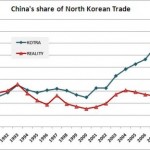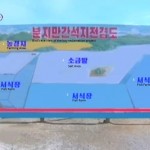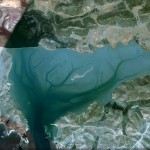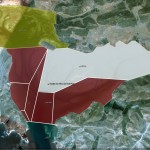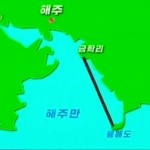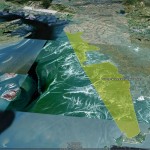Institute for Far Eastern Studies (IFES)
NK Brief No. 11-02-08
2011-02-08
In last month’s New Year’s Joint Editorial, North Korean authorities reaffirmed the national drive to strongly develop the country’s light industrial sector by 2012, the 100th anniversary of the birth of Kim Il Sung. On February 2, the Choson Sinbo, the newspaper of the pro-North Korean residents’ league in Japan, proclaimed that all efforts were being focused on delivering high-quality light industrial goods by April of next year.
North Korea’s minister of light industry, forty-seven year old Hu Chul San, was interviewed by the paper’s Kook Jang Eun. Hu stated that light industrial zones already in operation would be further bolstered and the provision of raw materials would be prioritized for celebrations surrounding the 100-year birthday of the country’s founder.
The North Korean regime has set 2012 as the year in which it will “open the doors to a great and prosperous nation,” and Kim Il Sung’s April 15 birthdate has been set as the first target for economic revival. Just as in 2010, this year’s Joint Editorial called for light industrial growth and improvements in the lives of the North Korean people as the ‘strong and prosperous nation’ goal is pursued.
Minister Hu gave one example of the expected boost in production, stating that all students, from elementary school to university, would receive new school uniforms by next April. “Originally, school uniforms were issued to all students once every three years, but as the nation’s economic situation grew more difficult, [the regime] was unable to meet the demand.” He promised that for the 100-year anniversary, “Rationing would take place as it did when the Great Leader was here.”
The minister also explained that all preparations for distributing light industrial goods to the people next April needed to be completed by the end of this year, since Kim Il Sung’s birthday fell so early in the spring. He stated that a strong base had already been established for the production of high-quality goods, and that many organizations had already mass-produced high-quality goods for the celebration of the 65th anniversary of the Korean Workers’ Party founding last year, offering the Pyongyang Sock Factory, the Sinuiju Textile Mill, the Botong River Shoe Factory, and the Pyongyang Textile Mill as examples.
When asked how North Korea would resolve raw material shortages, the minister explained that since the February 8 Vinalon Complex began operations last year, Vinalon and several other types of synthetic materials were available. The Sunchon Chemical Complex and other industries were also providing synthetic materials to light industrial factories throughout the country, strongly supporting indigenous efforts to increase production. He added, “Raw rubber, fuel and other materials absent from our country must be imported,” but that “national policies were being implemented” to ensure steady supply.
Minister Hu admitted that there was no shortage of difficulties, but that every worker was aware of the importance of meeting the April deadline, and that because raw material shortages were being resolved, light industries were now able to press ahead with full-speed production.

